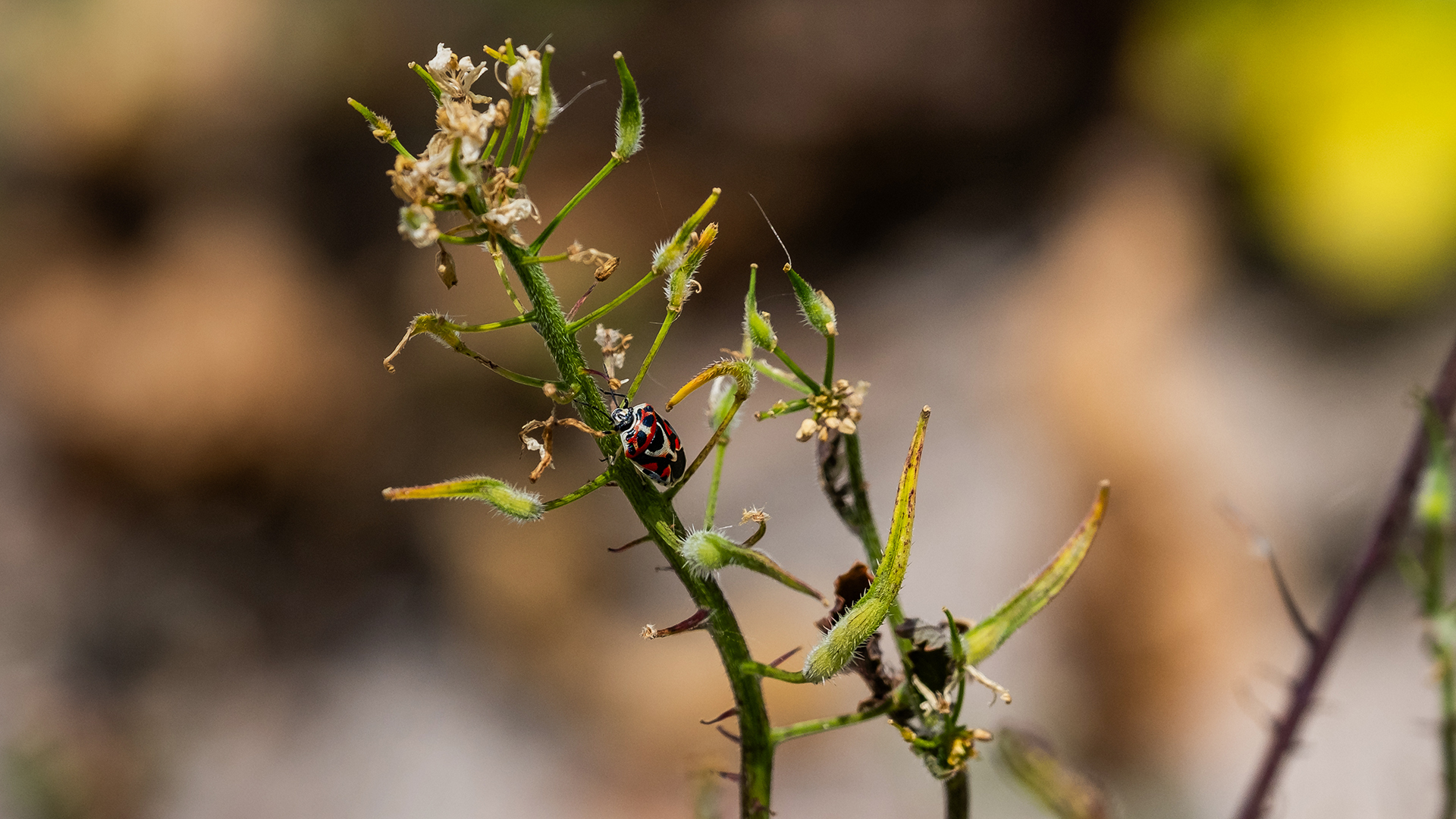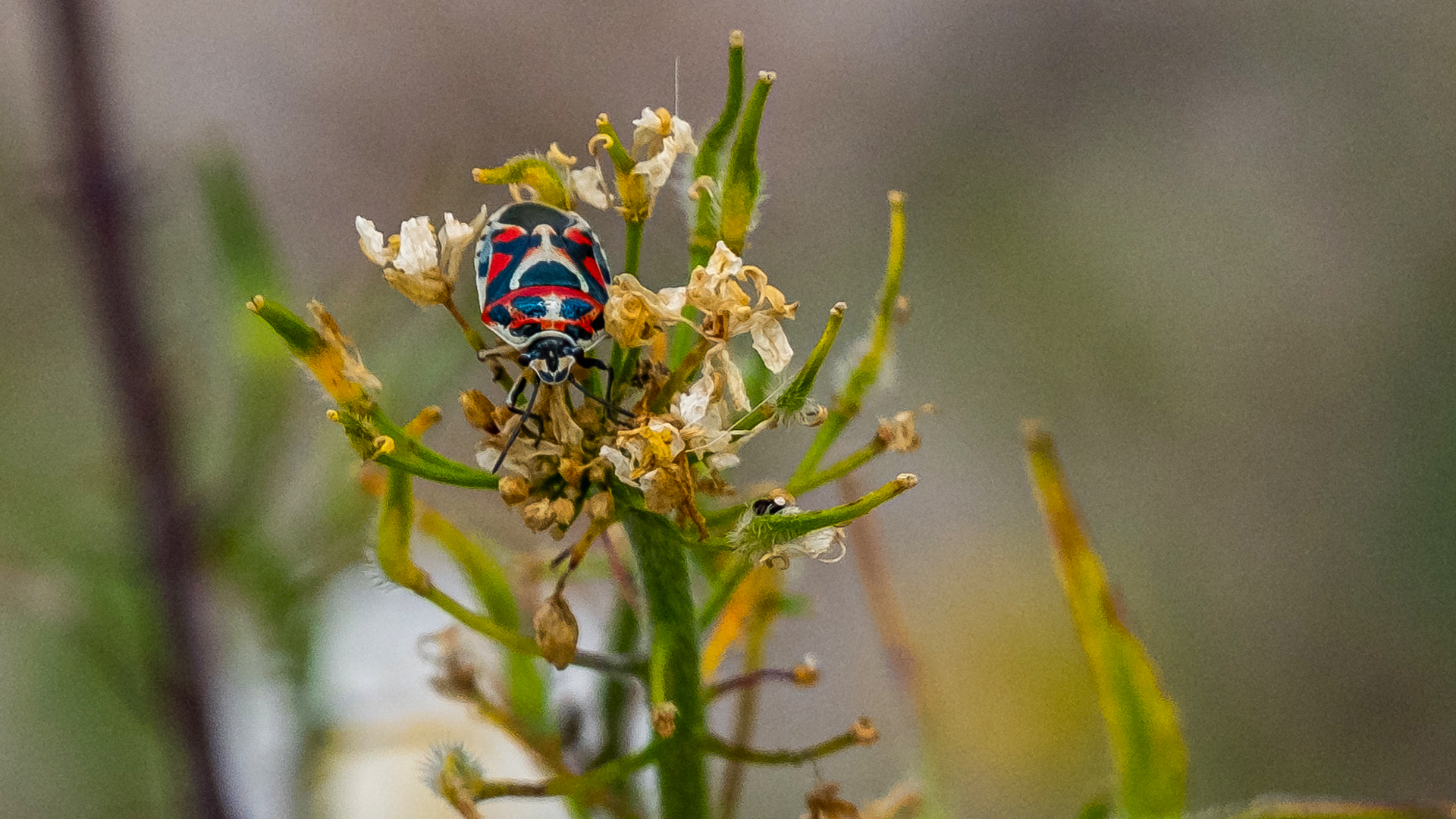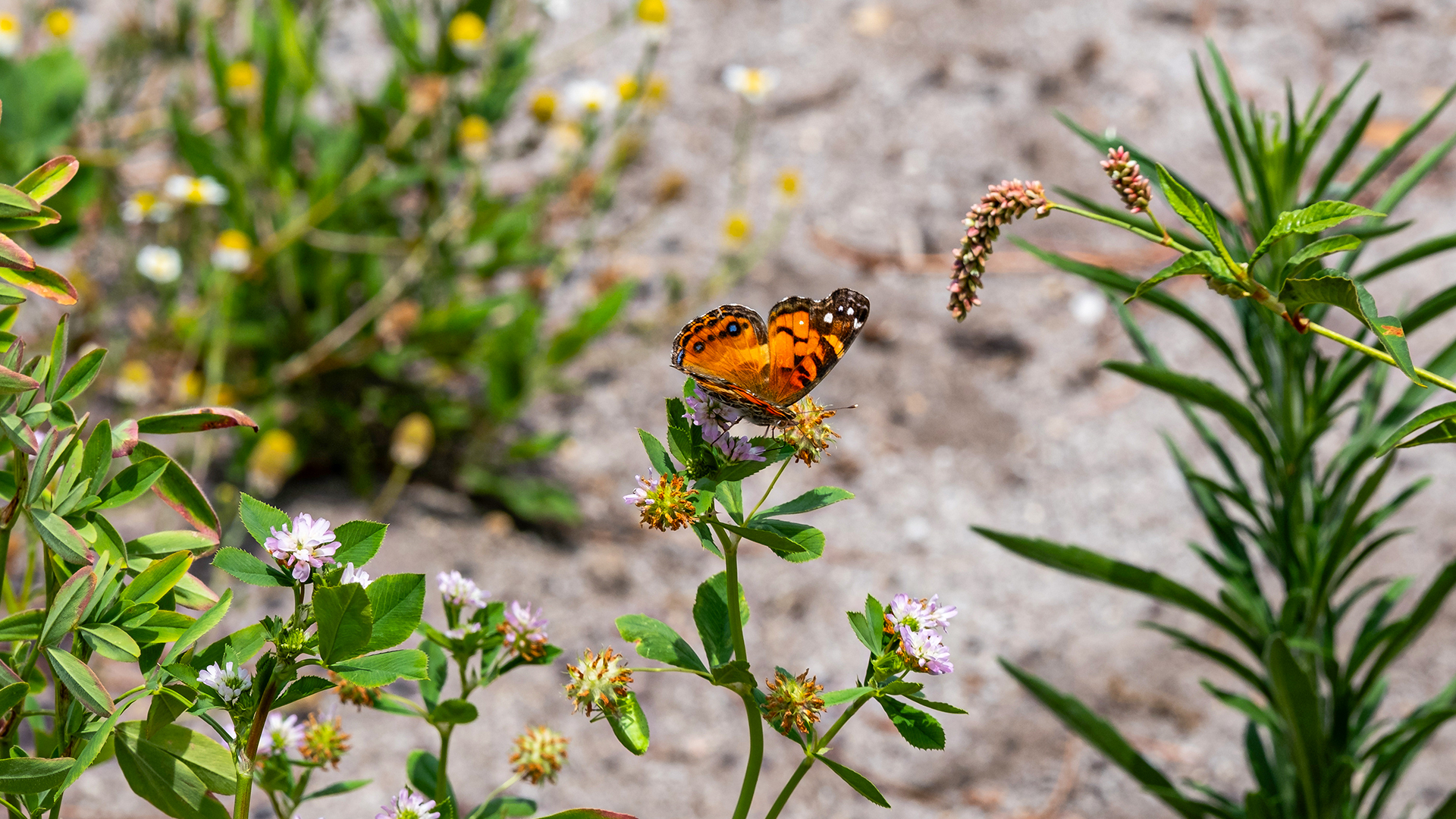Herdade de Espirra is currently undergoing a re-qualification project and undertaking to increase this estate’s biodiversity through assorted work on the ground. One was sowing the land to attract insects, followed by species monitoring whose results have just been released.
Herdade de Espirra covers almost 1.700 hectares of a circa 108,000-hectare area managed by The Navigator Company and which includes several biodiversity conservation zones.
It is located in Pegões, one of many properties this Company has been investing in in order to protect and renovate of areas of particular natural value, thus complying with the company’s Strategy for Biodiversity Conservation. For greater insight on the impact of this project see the results of the most recent Insect Species Monitoring work carried out by the Associação Clube Xzen, on June 20, 2023.
The final report points to a clear increase in biodiversity. This monitoring work was started after the two 300-metre long transects (or route) were completed: one in a sown land area and the other in an unsown area.
As for the detection of insects, it was carried out along the route, and only individuals found up to 2 meters on each side of the route were recorded.
The results speak for themselves: “58 individuals of at least 23 species were identified in the sown land area and 57 individuals of at least 13 different species in the unsown area.”
Final remarks
In the sown land area, almost twice the number of species were identified when compared to the unsown area, in particular, several true bugs (Hemiptera), butterflies (Lepidoptera) and ladybugs (Coleoptera) given the greater presence of flowers.
It is also worth mentioning the presence of two species of velvet ants (Mutiilidae) and two further species, albeit less common: Hemipenthes maura and Ectemnius lituratus.
As for the unsown area, more individuals were recorded due to the presence of an anthill in the transect. In this specific place, 26 ants of the Messor species were reported and had this anthill not been found, the number of individuals would have come down to 31??????, which, when compared to the sown area would have been almost half the number of reported individuals.
In short, the sown land area recorded a greater number of individuals and almost twice as many species as the unsown area, which means that sowing floristic species considerably increased biodiversity in this particular area.
It is, therefore, recommended that sowing is maintained in this land area and further sowing in other areas of this estate to increase biodiversity, thus fostering the ecological connections between these and the production areas and generating a more diverse, balanced, healthy and sustainable ecosystem.
Two identified species
Eurydema ornata, also known as cabbage bug, is an insect about 7 to 8 mm long that stands out for its pattern of black and white spots on a red body.
Habitat: It can be found in open areas but also in undergrowth, and prefers cruciferous plants (Brassicaceae).
Distribution: Europe, North Africa, South and East Asia. In Portugal, it can be found in the mainland and also in the archipelagos of the Azores and Madeira.
Conservation status: NE (Not Evaluated)
Commonly referred to as Vanessa of the thistles or even the beautiful lady, Vanessa cardui is a beautiful butterfly with a wingspan of up to 70 mm and its female is larger than the male. While the upper part of the wings has an orange-brown background with dark spots, the inner part is tinted with a pattern reminiscent of a map.
While a caterpillar, which by the way is quite thorny, it feeds mainly on plants (including nettles, Urtica dioica), while in the adult phase, it looks for food in flowers (such as vipers-burgloss, Echium vulgare) and thistles (Cirsium, Cardus spp., Onopordum spp.), and lays the eggs on its leaves. Two to three generations can occur per year, depending on the weather.
Habitat: It is found in several types of habitat and prefers open and flowering places, such as meadows, forest edges and dunes, among others.
Distribution: This migratory species in Europe, originating from the African continent between March and October, is quite common in the whole of Mainland Portugal and in the Azores and Madeira archipelagos.
Conservation status: LC (Least Concern)
Did you know that insects…
Account for almost 80% of all animals on Planet Earth and there are around 900,000 known species.
They are at the heat of the entire Herdade de Espirra ecosystem and of Quinta de São Francisco, an area also managed by Navigator with the main objective of ensuring conservation. This estatate promoted promoted its first entomofauna survey in 2022.
In addition to assisting pollination, they perform other important functions, such as biological pest control, and nutrient recycling, and they provide food for many other species.
They are more active in spring and summer when the heat leads to a greater abundance of food, thus stimulating their metabolism and reproduction. In colder periods, they tend to hide in microhabitats – underground and in plant and trunk holes, for example – as they enter the diapause state.






